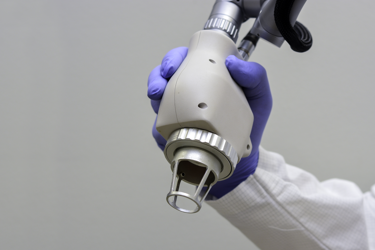What Is Population Inversion In A Laser?

When a photon strikes an excited atom, that single photon transforms into two identical photons. Those two photons can then strike other excited photons, resulting in 4 photons, and then 8, and so on. That is basically how a laser works.
But atoms are not naturally excited. Quite the opposite.
When left to their own designs, atoms prefer the stable, low-energy, ground state. Photons that collide with these unexcited atoms are not duplicated, but absorbed. The chain reaction slows and eventually stops completely.
We speak of population inversion when we manage to reverse the natural tendency. We speak of population inversion when more than 50% of atoms are excited and less than half remain in the ground state.
Get unlimited access to:
Enter your credentials below to log in. Not yet a member of Photonics Online? Subscribe today.
